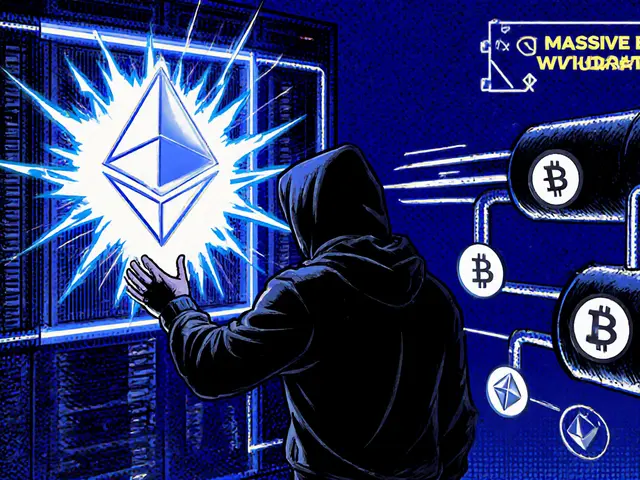Risk Mitigation in Crypto and DeFi
When dealing with risk mitigation, the process of identifying, assessing, and reducing potential losses in cryptocurrency and decentralized finance activities. Also known as risk management, it helps investors and validators stay ahead of threats before they hit their wallets. A core part of any solid strategy is slashing protection, a set of safeguards that prevent proof‑of‑stake validators from losing stakes due to misbehavior or technical faults. By understanding how slashing works, you can avoid costly penalties that would otherwise erode your returns.
Why Funding Rates Matter for Your Bottom Line
Another pillar of effective risk mitigation is mastering funding rates, periodic payments exchanged between long and short positions in perpetual futures contracts to keep contract prices in line with spot prices. When funding rates swing dramatically, they create hidden costs or even profit opportunities that can tilt your risk profile. Knowing how to calculate and interpret these rates lets you adjust position sizes, hedge exposure, or even earn arbitrage gains. In practice, traders who track funding rates alongside market volatility can sidestep unexpected drawdowns and improve overall portfolio stability.
Regulatory risk is just as critical. Crypto money laundering penalties, legal consequences ranging from hefty fines to multi‑year prison sentences for violating anti‑money‑laundering statutes have reshaped how platforms operate and how users transact. Recent cases show sentences of up to 20 years for severe violations, underscoring that compliance isn’t optional—it’s a cornerstone of risk mitigation. By integrating AML/KYC checks, monitoring transaction patterns, and staying updated on jurisdictional rules, you lower the chance of legal entanglements that could freeze assets or damage reputation.
Market structure changes can also trigger risk spikes. Blockchain forks, splits in a blockchain network that create new chains or modify consensus rules—whether soft or hard—often cause price volatility, network uncertainty, and coordination challenges. Understanding the reasons behind a fork—like protocol upgrades, security patches, or community disputes—helps you decide whether to stay on the original chain, migrate assets, or seize arbitrage windows. Fork awareness is a direct extension of risk mitigation, turning what could be a surprise into a planned maneuver.
Beyond these headline topics, the collection below dives into practical steps you can take today. We cover validator security tools, such as CubeSigner and automated slashing alerts, to keep your staking rewards intact. We break down how to read and react to funding rate charts, so you never get caught off‑guard by a sudden shift. We outline a checklist for AML compliance that works for both exchanges and individual traders. And we provide a fork‑impact matrix that lets you score upcoming network changes on a simple risk scale.
All of these pieces fit together like gears in a machine. When you align slashing protection, funding‑rate awareness, regulatory compliance, and fork analysis, you create a multi‑layered defense that protects capital across market cycles. The articles in this tag tag team these concepts, offering step‑by‑step guides, real‑world case studies, and actionable templates. Whether you’re a validator, a futures trader, or just a crypto enthusiast, you’ll find tools that turn abstract risk into concrete actions.
Ready to see the details? Below you’ll find a curated list of deep‑dive posts that walk you through each aspect of risk mitigation, from technical safeguards to legal safeguards, and everything in between. Dive in and start tightening your crypto safety net today.






